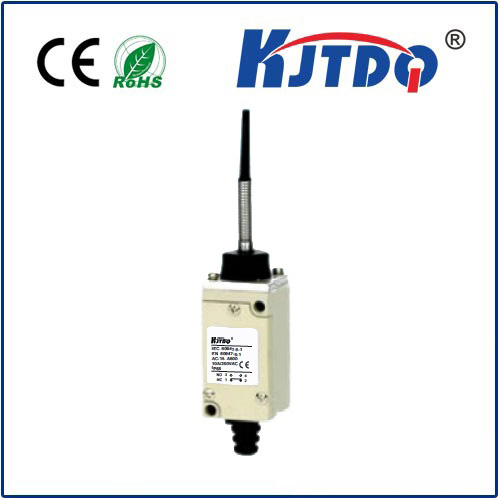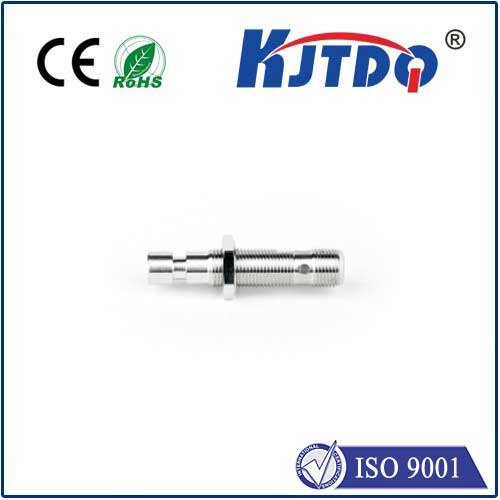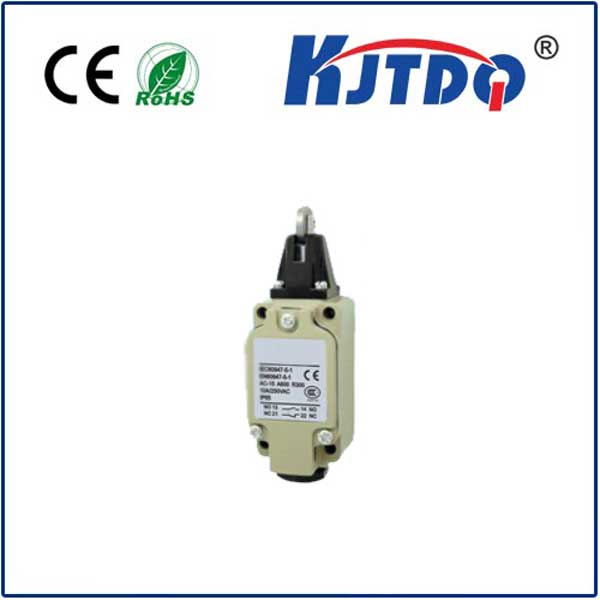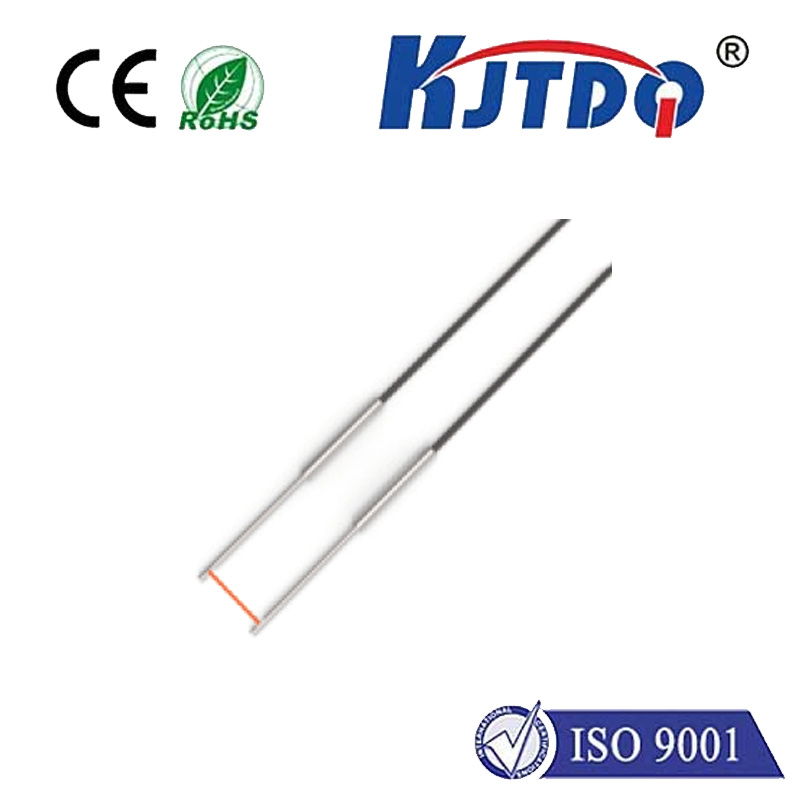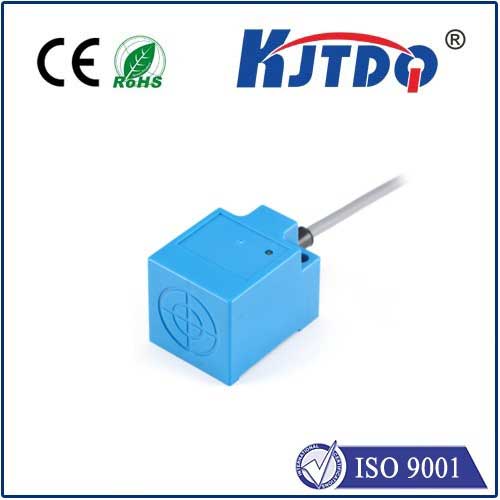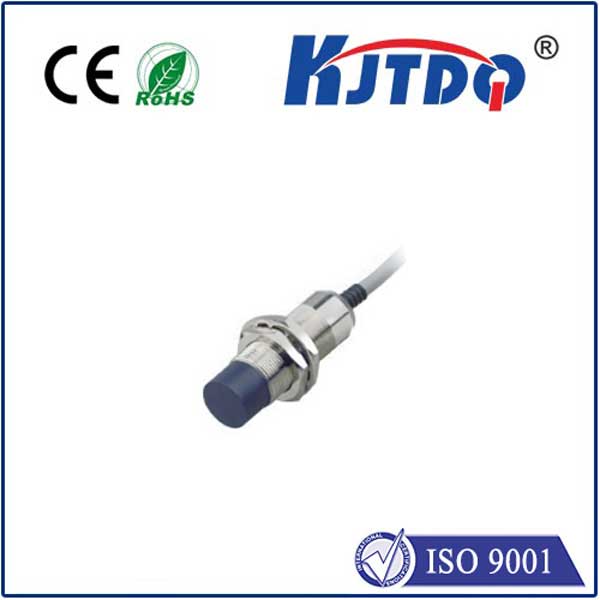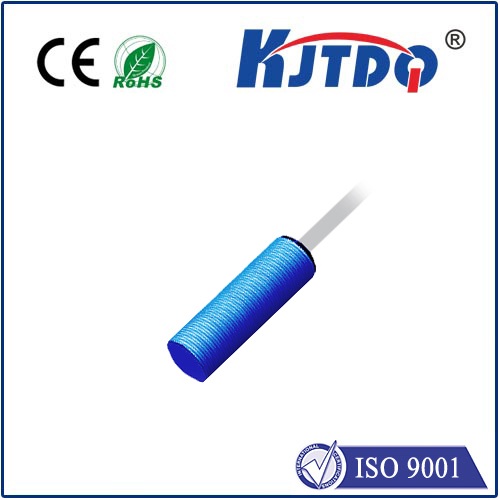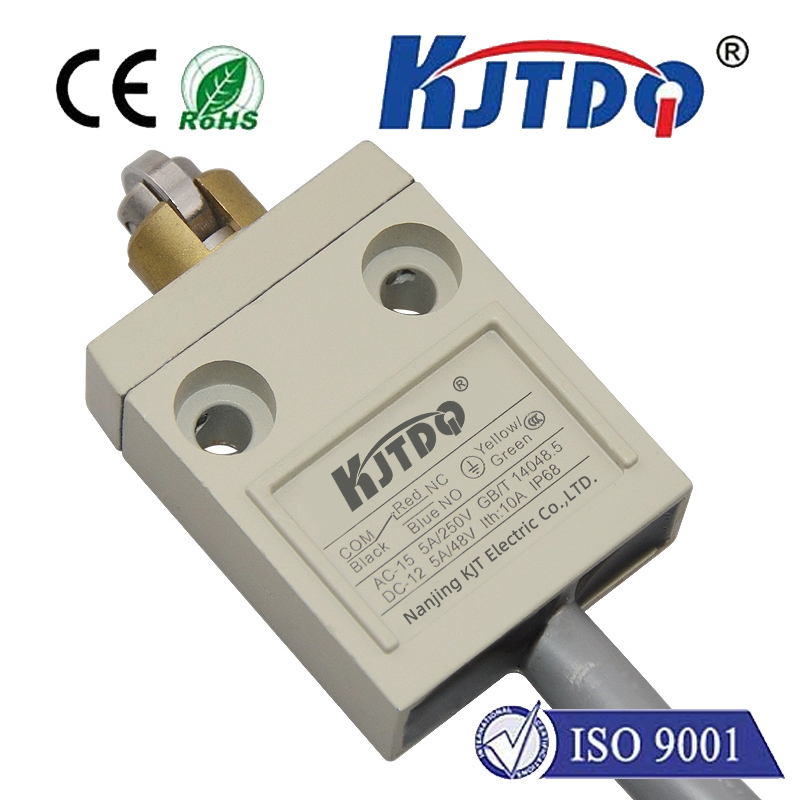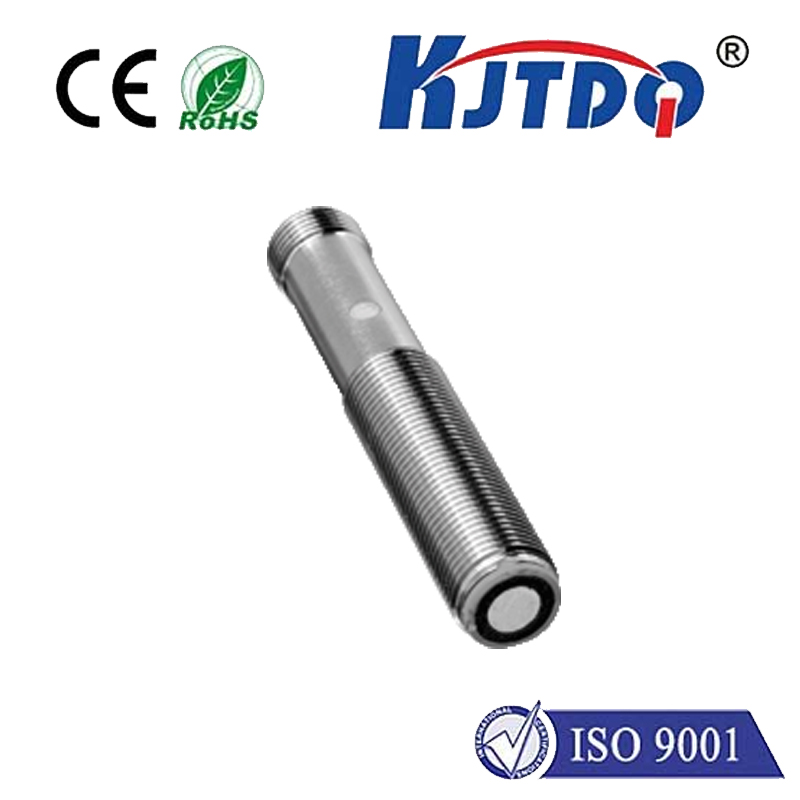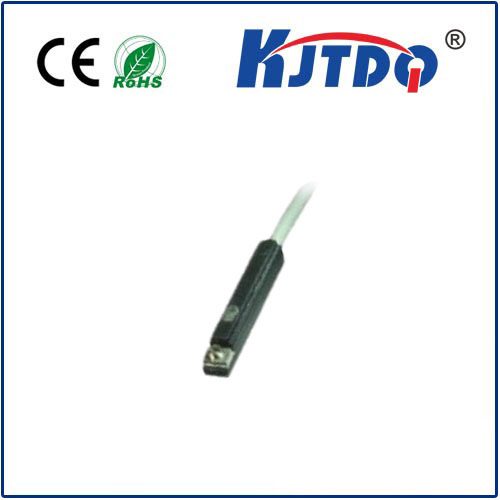

check

check

check

check

check

check

check

check

check

check
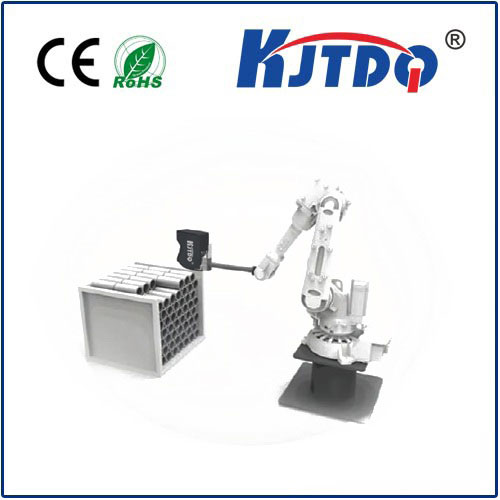
An industrial robot is a robot that can automatically perform a variety of industrial tasks. They are commonly used in industrial applications such as object handling, processing, assembly, packaging, welding, spraying, etc. Industrial robots can efficiently complete repetitive, tedious or dangerous tasks, improving production efficiency and product quality.
Sensors are the "sensory organs" of robots. Various sensors and control systems are the key to achieving precise motion control and environmental perception. Common sensors include infrared sensors, torque sensors, vision sensors, collision detection sensors, etc., which can help robots perceive and respond to the surrounding environment and task requirements in real time.
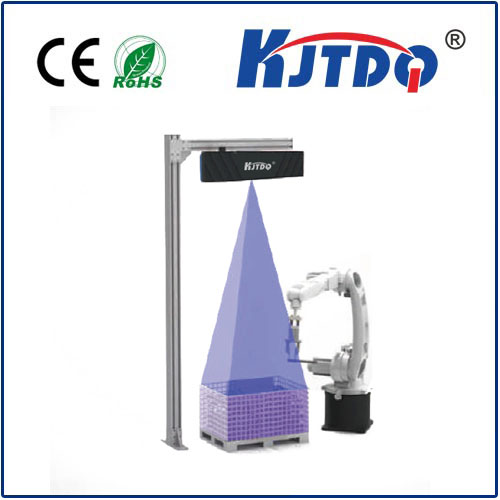
1. Vision sensor:
Vision sensors are widely used in industrial robots. They can obtain image information of objects in different ways and use image processing and analysis technology to achieve various tasks.
Two-dimensional vision sensor is the most commonly used sensor, which can capture images in the scene through a camera. Using image processing algorithms, tasks such as object detection, position positioning, and shape analysis can be performed. For example, on an assembly line, cameras can detect the position and orientation of parts, helping robots accurately position and perform automatic assembly.
The three-dimensional vision system uses multiple cameras or laser scanners to capture multiple perspectives or depth information of the object at the same time, thereby obtaining the three-dimensional spatial structure of the object. This technology can be used to detect and measure irregularly shaped objects, for example, detecting the height, length, volume, etc. of objects. In object grabbing tasks, the 3D vision system can create a 3D model of the object, analyze and select the best grabbing method, and improve the robot's grabbing success rate.
The applications of visual sensors also include object recognition, quality inspection, path planning, etc. By acquiring and analyzing image information, industrial robots can better adapt to different scenarios and task requirements, improving work accuracy and efficiency.
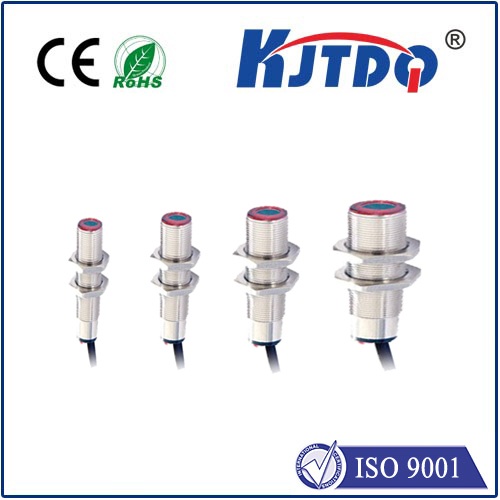
2. Infrared sensor:
The infrared sensor is a common proximity sensor that can achieve object detection and obstacle avoidance functions through the combination of an infrared transmitting tube and an infrared receiving tube.
The infrared emission tube can emit infrared rays, which will be reflected back when encountering obstacles. The infrared receiving tube is located directly in front of the robot and can receive the reflected infrared rays. After the infrared receiving tube receives the infrared ray, it will transmit the signal to the robot's CPU for processing after A/D conversion.
By measuring the reflection of infrared rays, the robot's infrared sensor can sense whether there are obstacles in its front range. When infrared light is reflected back by an object, the robot can determine the location and distance of the object from the detected signal. In this way, the robot can perform obstacle avoidance actions based on the feedback information from the sensor to avoid collision with obstacles.
Infrared sensors play an important role in robot navigation, obstacle avoidance, and safety. It can help robots sense the surrounding environment, avoid collisions and damage, and works well in indoor environments, especially in low light conditions, and can provide stable detection results.
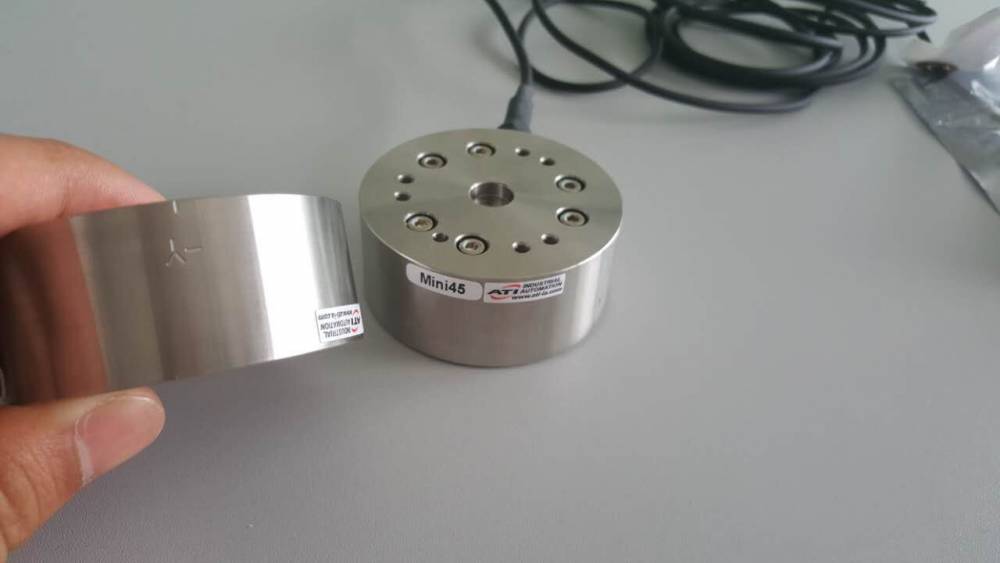
3. Torque sensor:
A force/torque sensor is a device used to measure force and torque, which can bring tactile sensing capabilities to robots. It is usually installed between the robot's end effector and the gripper, and can sense the magnitude and direction of the force exerted by the end effector, as well as the sensed torque.
With the force/torque sensor, the robot can monitor the force exerted by the actuator in real time, thus adapting to different application scenarios. For example, during the assembly process, the robot can sense the appropriate force exerted between the assembly part and the target part through the force/torque sensor, thereby achieving accurate assembly. In manual guidance, sensors can help robots sense the intensity of human touch, thereby achieving human-machine collaboration. During the teaching process, the force/torque sensor can record and replay the person's operating strength and movements. In addition, force/torque sensors can also be used to limit the force range of the robot to avoid exerting excessive force on the surrounding environment or operating objects.
Force/torque sensors are used in a wide range of applications, including automated assembly, collaborative robots, robot navigation, object detection, etc. By sensing and controlling the magnitude and direction of applied force, robots can perform tasks more intelligently, improving accuracy and safety.
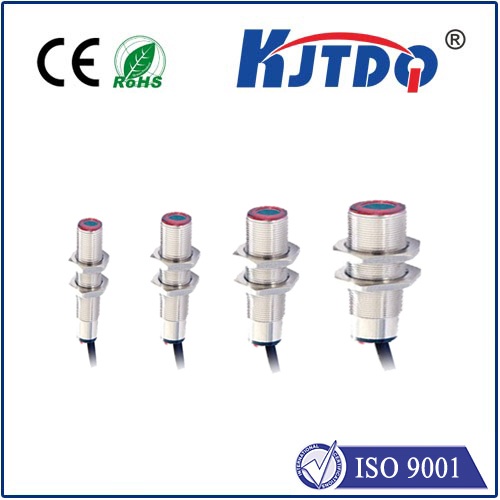
4. Collision detection sensor:
The collision detection sensor is a common safety sensor that can sense collisions between the robot and the surrounding environment or other objects. They can come in different forms, including soft tactile sensors, pressure sensors, photoelectric sensors, and more.
Soft tactile sensors are usually made of flexible materials and can sense the pressure and contact force exerted on them by external objects. When the robot collides with an external object, the sensor senses the change in pressure and sends a signal to the robot, triggering an emergency stop or other safety measures.
The pressure sensor can measure the contact force between the robot and the object. They are usually mounted on the robot's end effector or on the surface of the robot, and when the robot comes into contact with an object, the sensors sense the pressure exerted on it, triggering safety measures.
Photoelectric sensors detect the approach or collision of objects by emitting and receiving light signals. When the robot approaches an object, the photoelectric sensor will sense the presence of the object and trigger corresponding safety control measures.
Accelerometer feedback and current feedback are common force feedback technologies, and they are often used in conjunction with collision detection sensors. When the robot senses abnormal force or torque, through the feedback signal measured by the accelerometer or current sensor, the robot can respond in time, trigger an emergency stop or adjust the movement trajectory to ensure safety.
These collision detection sensors play a vital role in collaborative robots and can help achieve safe human-machine cooperation and prevent the robot from causing harm to the human body or the surrounding environment.
